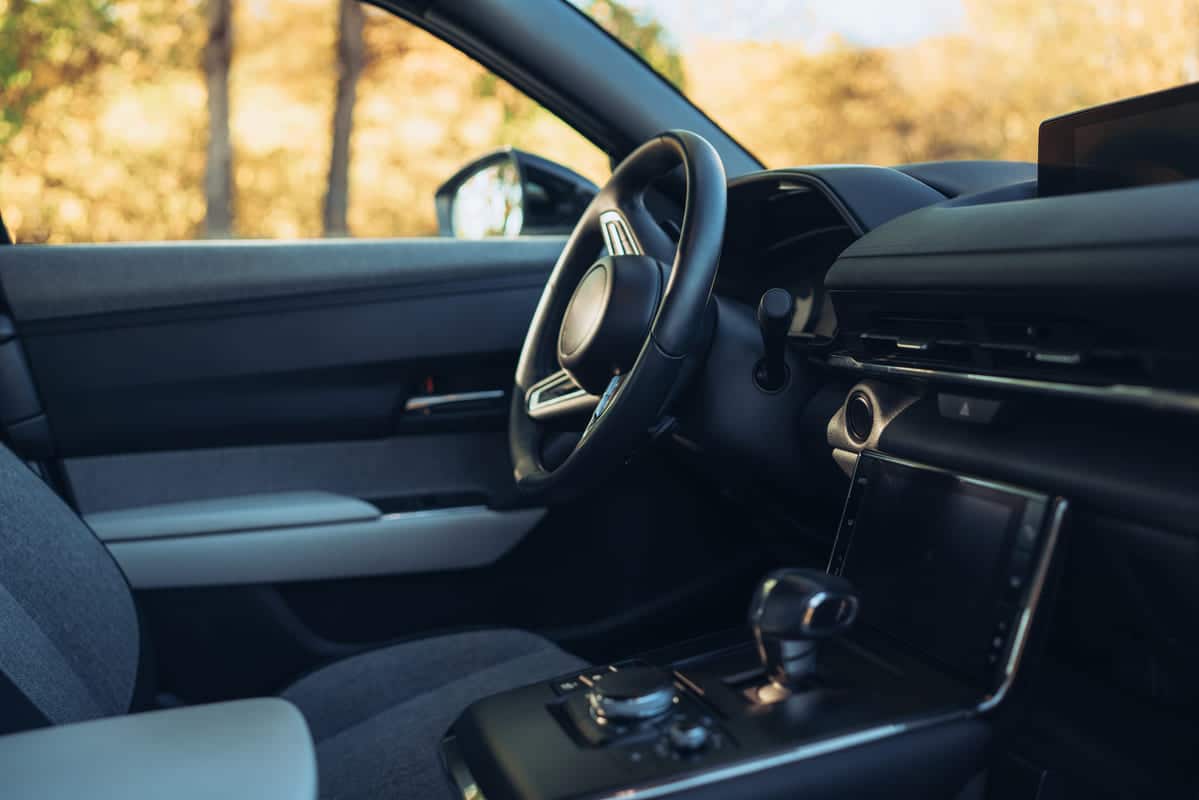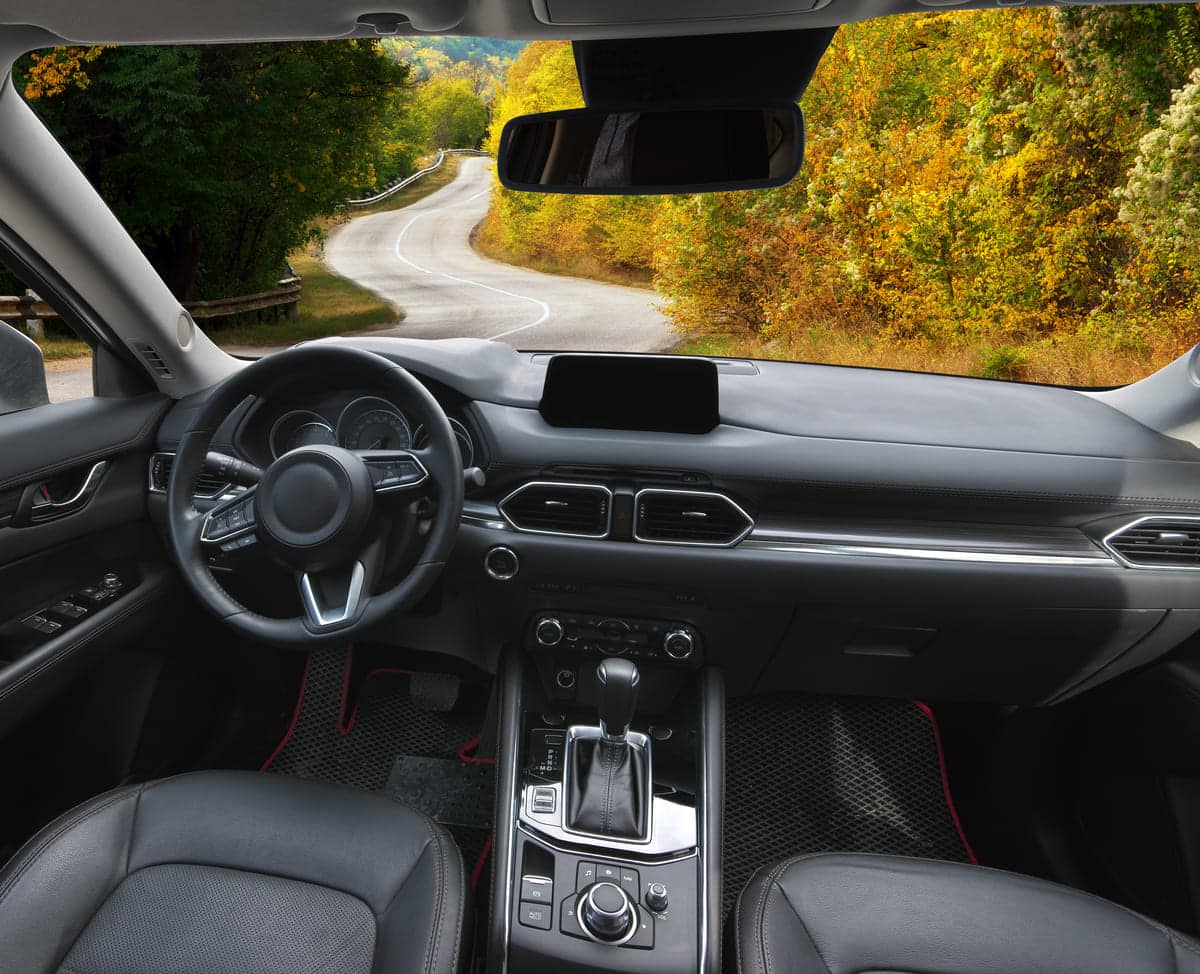The dashboard is the driver’s command center, where all the important stuff and controls are within arm’s reach. From simple gauges to digital interfaces it makes driving better by combining technology and ergonomics for , convenience and vehicle management.
What is a Car Dashboard?
A dashboard also known as instrument panel, or vehicle dashboard is the control panel in front of the driver. It shows the important stuff like speed, fuel and engine status.
The dashboard has various buttons and controls for things like aircon, lights and music. This makes it easier for drivers to manage different functions while driving.
New cars have digital dashboards with touchscreens and navigation systems. These makes it easier and safer for drivers to get directions and control the car’s settings. The dashboard helps the driver to stay informed and in control of the vehicle.
References
- Dashboard. Retrieved from
- Car Dashboard: Functions & Parts That You Must Know. Wuling Motors. Retrieved from
What are the Various Parts of Vehicle Dashboard?
A vehicle dashboard has many parts. Each helps the driver to drive safely and easily.
- Speedometer: This gauge shows how fast the car is going. Drivers can see their speed and make sure they follow the speed limit. It usually goes up to a certain maximum, like 120 or 160 km/h.
- Fuel Gauge: This meter shows how much gas is in the tank. Drivers know when to refuel. It usually has an “E” for empty and an “F” for full with a needle pointing to the current level.
- Tachometer: This gauge shows the engine’s RPM (revolutions per minute). It helps the driver know how hard the engine is working. Stay in the right range to avoid engine damage.
- Odometer: This counter shows the total distance the car has travelled. It helps track usage and maintenance needs. Some cars also have a trip odometer that can be reset to measure specific trips.
- Temperature Gauge: This meter shows the engine’s temperature. It warns the driver if the engine is getting too hot which can prevent serious problems. If the temperature gets too high it’s a sign to check the engine.
- Warning Lights: These small lights alert the driver to issues like low oil, problems or open doors. They help the car to run smoothly. Common ones are the check engine light, brake light and oil pressure light.
- Infotainment System: This screen provides entertainment and information. Drivers can play music, get directions and connect their phones. It usually has touch controls and voice commands for safety.
- Climate Control: These buttons or knobs controls the car’s heating and cooling system. It keeps the inside comfortable. Drivers can set the temperature, fan speed and air direction.
- Steering Wheel Controls: These buttons on the steering wheel allows drivers to control the radio, phone and without taking their hands off the wheel. This is convenient and safe.
- Glove Box: This small compartment holds important items like the car manual, registration and insurance papers. It usually locks to keep items secure.
All these parts work together to help the driver to stay informed and comfortable while driving.
References
- Car Dashboard: Features, Symbols, and Their Meanings. Retrieved from

What are the Most Common Car Dashboard Warning Lights?
Car dashboard warning lights alerts the driver to different issues in the vehicle. Knowing what these lights mean will help you to act fast and keep your car running smoothly.
Here are the most common car dashboard warning lights:
- Check Engine Light
- Oil Pressure Light
- Battery Warning Light
- Brake System Light
- Temperature Warning Light
- Warning Light
- Warning Light
- Light
- Fuel Warning Light
- Seatbelt Reminder Light
Other important dashboard warning lights include:
- Traction Control Light
- Engine Coolant Level Light
- Warning Light
- Temperature Light
- Washer Fluid Light
- Door Ajar Warning Light
- ESP/BAS Light (Electronic Stability Program/Brake Assist System)
- Glow Plug Warning Light (for diesel engines)
- DPF Warning Light (Diesel Particulate Filter)
Recognizing these lights helps you maintain your car’s health and ensures safe driving.
References
- Car Dashboard Lights Quiz. Reader’s Digest. Retrieved from
- Car Dashboard Warning Lights Guide. GoMechanic. Retrieved from
- What Do My Dashboard Warning Lights Mean?. NRMA. Retrieved from https://www.mynrma.com.au/cars-and-driving/car-servicing/resources/what-do-my-dashboard-warning-lights-mean
What is the Manufacturing Process of Dashboard?
The manufacturing process of a car dashboard involves several detailed steps. Each step ensures the dashboard is functional, safe, and looks good.
Step 1: Design and Planning
Engineers and designers create the dashboard’s layout. They decide where to place gauges, controls, and screens. They use computer software to make precise models.
Step 2: Material Selection
Manufacturers choose materials like plastic, vinyl, and foam. These materials need to be durable, lightweight, and heat-resistant.
Step 3: Mold Creation
They create molds based on the design. Molds are like large stencils used to shape the dashboard parts. They often use metal molds for precision.
₹Step 4: Injection Molding
The selected plastic is heated until it melts. This melted plastic is then injected into the molds. Once cooled, the plastic takes the shape of the mold.
Step 5: Trimming and Finishing
Workers trim any excess plastic from the molded parts. They sand and polish the pieces to ensure smooth surfaces. This step prepares the parts for assembly.
Step 6: Assembly
Workers assemble the dashboard by attaching smaller components like air vents, buttons, and screens. They follow detailed instructions to make sure everything fits correctly.
Step 7: Quality Control
Inspectors check the assembled dashboard for defects. They test all the functions to ensure they work properly. Any faulty parts are corrected or replaced.
Step 8: Painting and Coating
If needed, the dashboard parts are painted or coated. This adds color and a protective layer. The coating protects against scratches and UV damage.
Step 9: Final Inspection
Before shipping, another round of inspections ensures the dashboard meets quality standards. Any remaining issues are fixed at this stage.
Step 10: Packaging and Shipping
Finally, the finished dashboards are packed carefully to avoid damage. They are then shipped to car manufacturers for installation in new vehicles.
Each step in this process ensures the dashboard is ready for use in a car.


